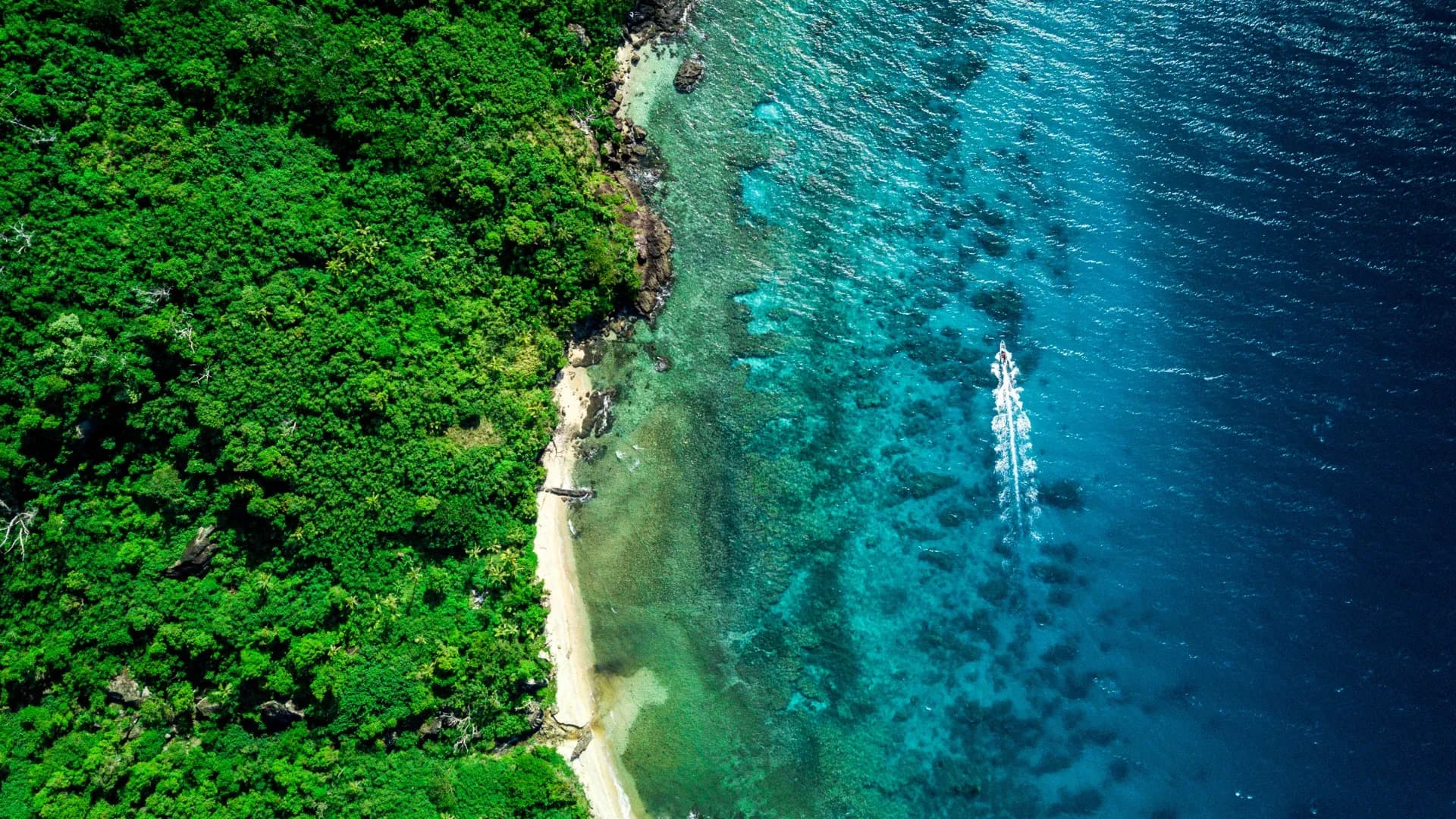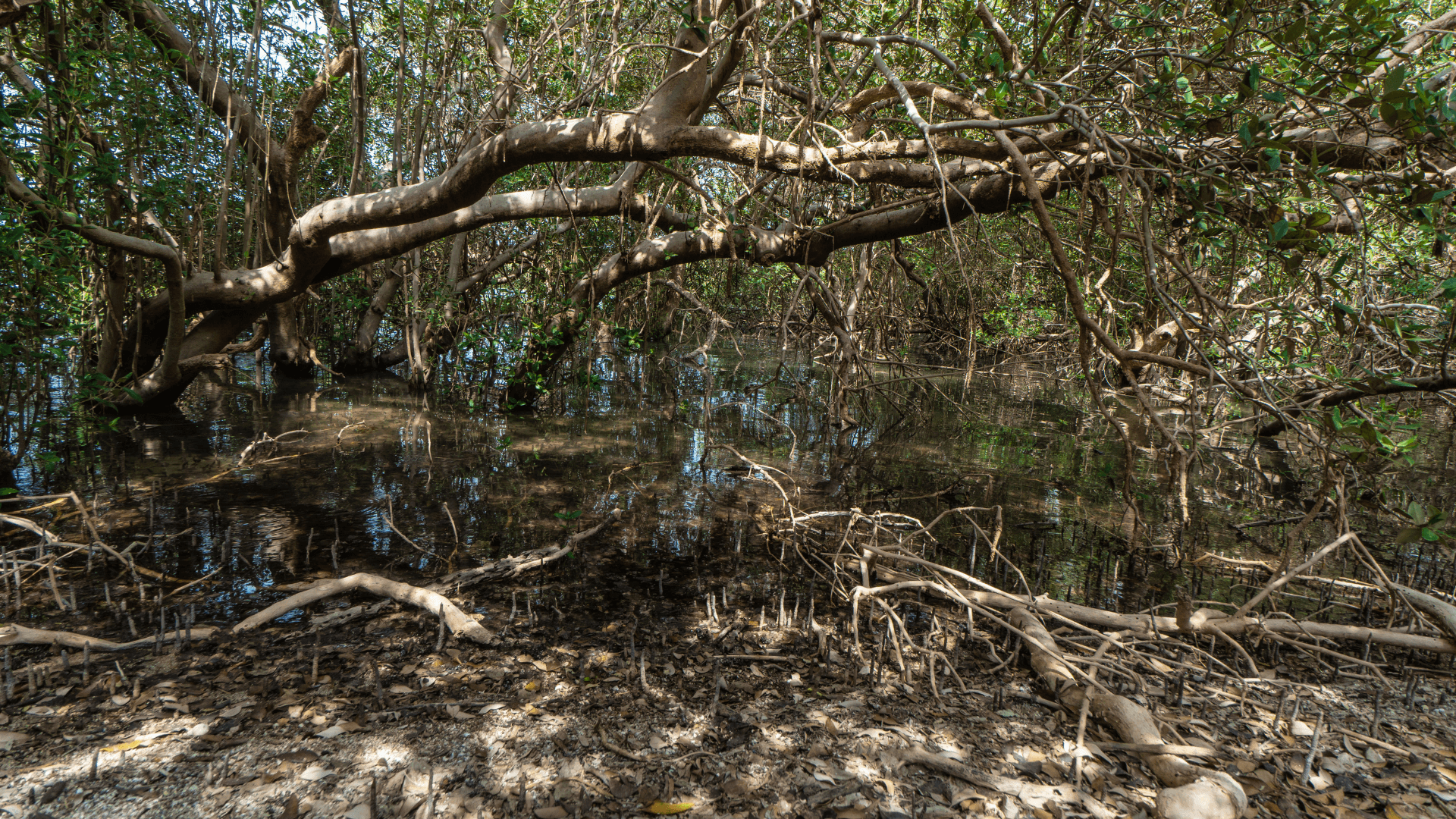
The Farasan Islands, a cluster of 176 coral islands situated approximately 40 kilometers off the coast of Jizan in the Red Sea, stand as a remarkable testament to Saudi Arabia's rich natural and cultural heritage. This archipelago, anchored by its largest island, Farasan Island, has been a pivotal crossroads for trade and exchange since ancient times, evidenced by archaeological finds dating back to Roman occupation in the 1st century AD. The islands' history is marked by successive influences, including Roman, Ottoman, and more recent Saudi developments, each leaving its imprint on the landscape and cultural fabric of the region.
Today, the Farasan Islands are not only a treasure trove of archaeological wonders but also a sanctuary for diverse marine and terrestrial life. Visitors are drawn to the crystal-clear waters teeming with vibrant coral reefs, manta rays, whale sharks, and endangered sea turtles, offering unparalleled opportunities for diving and marine exploration. On land, the islands harbor rare species of gazelles, birds, and endemic plants, further enhancing their allure as an ecotourism destination.
As part of Saudi Arabia's broader vision for tourism development under Vision 2030, the Farasan Islands are undergoing significant investment and conservation efforts to balance tourism growth with environmental preservation. Plans for upscale resorts and sustainable tourism initiatives aim to showcase the islands' natural beauty while safeguarding their delicate ecosystems. With free ferry rides from Jazan port and guided excursions offered by local tour companies, the Farasan Islands beckon travelers to immerse themselves in a world of ancient history, breathtaking landscapes, and unparalleled biodiversity.
The history of the Farasan Islands is a tale of maritime significance and strategic importance. Evidence suggests that these islands were active in maritime trade and naval activities as early as the early Roman period, as indicated by a Latin military inscription dating back to AD 144, which implies Roman military presence on the islands. This historical artefact underscores the islands' role as a crucial outpost in facilitating trade routes and naval operations in the Red Sea. Over the centuries, the Farasan Islands witnessed the presence of various civilizations and cultures, each leaving their mark on the archipelago's history.

Christianity once flourished on the Farasan Islands, with accounts from the 10th century AD indicating the presence of Christian communities and ruined churches. Later, the islands came under the control of Egyptian Mamluks and Ottomans, further solidifying their strategic importance in regional maritime affairs. Ottoman rule in the early 20th century saw the establishment of a German coaling station on one of the islands, leading to brief occupations by British forces during World War I. These historical events highlight the islands' enduring role as key maritime strongholds throughout history.
Following their incorporation into Saudi Arabia in the 1920s, the Farasan Islands experienced economic fluctuations, with the decline of the pearling industry in the mid-20th century followed by resurgence with the country's burgeoning oil economy. Today, the islands stand as a testament to their rich historical legacy, attracting visitors with their cultural heritage sites, archaeological remains, and stunning natural landscapes
Location: The Farasan Islands are a group of islands located in the Red Sea, approximately 40 kilometers off the coast of Jizan in southwestern Saudi Arabia.
Archipelago: The Farasan Islands consist of about 84 islands, both large and small, with Farasan Island being the largest and most inhabited.
Biodiversity: The islands are known for their rich biodiversity, both on land and in the surrounding marine environments, making them ecologically significant.
Farasan Island: Farasan Island is the main island in the group and is characterized by diverse landscapes, including beaches, mangrove forests, and rocky areas.
Archaeological Sites: The islands are home to several archaeological sites, including remnants of old fishing villages, historical buildings, and ancient tombs.
Marine Life: The surrounding waters are teeming with marine life, including coral reefs, making it a popular destination for snorkeling and diving enthusiasts.
Farasan Bank: The islands are situated near the Farasan Banks, a submerged coral reef system that contributes to the area's marine biodiversity.
Flora and Fauna: The islands support various plant species, and the waters are home to a diverse range of marine species, including sea turtles and dugongs.
Bird Watching: Farasan Islands are a haven for bird watchers, with numerous migratory birds using the islands as a stopover point along their migration routes.
Historical Importance: The islands have historical significance, with evidence of human habitation dating back to ancient times, including the remains of a Himyarite settlement.
Farasan Island Reserve: The Farasan Island Reserve was established to protect the unique ecosystems of the islands, emphasizing conservation and sustainable tourism.
Traditional Architecture: Visitors can explore traditional architecture on the islands, including old houses and structures built from coral stones and mud.
Saudi Arabian Heritage: The islands contribute to Saudi Arabia's cultural and natural heritage, attracting tourists interested in both history and nature.
Coral Reefs: The coral reefs around the Farasan Islands are recognized for their ecological importance, supporting a variety of marine life and contributing to the health of the Red Sea.
Tourism: The islands have become a growing tourist destination, offering a blend of natural beauty, historical exploration, and water activities.
Access: The islands are accessible by boat, and there are transportation services available for visitors to explore the various islands in the archipelago.
Conservation Efforts: Conservation initiatives focus on preserving the unique ecosystems of the Farasan Islands, ensuring the continued health of coral reefs and protection of wildlife.
Local Culture: The islands are inhabited by local communities, and visitors can experience the unique culture and traditions of the Farasan people.
Dugong Sanctuary: The area around the Farasan Islands has been declared a dugong sanctuary, aiming to protect the habitat of these marine mammals.
Future Developments: There are ongoing efforts to promote sustainable tourism and development in the Farasan Islands, balancing economic activities with environmental preservation.
Geographic information: Located in the Red Sea, off the southwestern coast of Saudi Arabia.
Weather/Climate information: Hot climate, with pleasant sea breezes.
The Farasan Islands beckon travelers with a promise of unparalleled natural beauty, cultural heritage, and immersive experiences. As one of Saudi Arabia's emerging tourist destinations, the islands offer a captivating blend of historical intrigue and pristine landscapes. Visitors can explore ancient ruins dating back to Roman times, including the ruins of Al Qassar village and the Ottoman fort, providing a glimpse into the region's rich past. The islands' cultural heritage is further accentuated by traditional Farasani architecture, such as Beit Al Refai and Al Najdi Mosque, offering a window into the local way of life.

Moreover, the Farasan Islands boast an extraordinary array of marine biodiversity, making them a haven for nature enthusiasts and adventure seekers alike. Crystal-clear waters reveal vibrant coral reefs, where divers can encounter majestic manta rays, whale sharks, and colorful fish species. On land, the islands are home to rare gazelles, exotic bird species, and endemic plants, creating opportunities for wildlife observation and eco-friendly exploration. With efforts underway to promote sustainable tourism and preserve the islands' natural ecosystems, a visit to the Farasan Islands promises not only unforgettable experiences but also a chance to contribute to their conservation for generations to come.
Reaching the captivating Farasan Islands is a straightforward yet rewarding journey for travelers seeking adventure in Saudi Arabia's southwestern region. The primary gateway to the islands is through Jizan, a bustling port city located on the kingdom's southwestern coast. From Jizan, visitors can embark on a scenic ferry ride to Farasan Island, the largest and most accessible island in the archipelago. The Saudi government offers free ferry services twice daily from Jizan Port, providing convenient access for tourists eager to explore the wonders of the Farasan Islands.
Upon arrival on Farasan Island, travelers can choose from a variety of transportation options to navigate the archipelago and discover its hidden gems. Local tour companies offer guided excursions around the islands, allowing visitors to explore ancient ruins, pristine beaches, and vibrant marine ecosystems with ease. Additionally, rental car services are available on Farasan Island for those who prefer to explore independently, offering flexibility and freedom to tailor their island adventure according to their interests and preferences. With transportation options readily accessible and ferry services departing regularly from Jizan, embarking on an unforgettable journey to the Farasan Islands is as convenient as it is captivating.
Al Qassar Village
Farasan Island Marine Sanctuary
Al-Najdi Mosque
Ottoman Fort
Beit Al Refai
Wadi Matar
Mount Luqman
At Saudi Arabia ABC, we aim to take you on a transformative journey through the magic of immersive experiences. Whether you are an adventurous traveller or a curious local seeking hidden gems, our platform offers a rich tapestry of content designed to cap